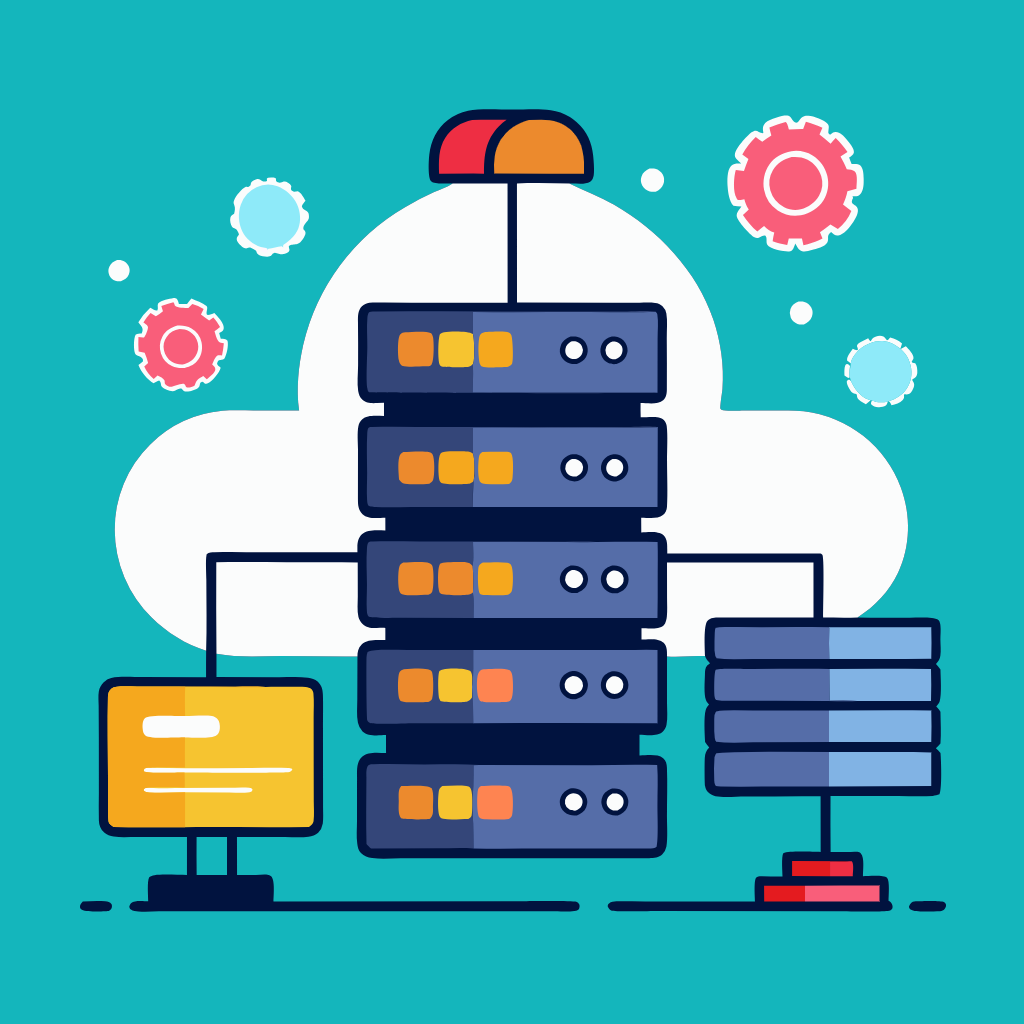ETL stands for Extract, Transform, Load, and it’s a fundamental process in data analyst. It’s like a well-organized assembly line that takes raw data from various sources, prepares it for analysis, and then loads it into a destination where it can be easily accessed and used.
1. Extract (E):
- Gathering data from different sources: This could include databases (e.g., customer information from a sales database), spreadsheets (e.g., product inventory), text files (e.g., website logs), or even social media feeds.
- Think of it like picking apples from different trees in an orchard.
2. Transform (T):
- Cleaning, organizing, and modifying the data to make it compatible and ready for analysis: This involves activities like:
- Removing errors and inconsistencies (e.g., fixing typos in names or addresses).
- Standardizing formats (e.g., ensuring dates are all in the same format).
- Combining data from multiple sources (e.g., merging sales data with customer information).
- Applying calculations or transformations (e.g., calculating total sales per customer).
- Imagine washing, sorting, and slicing the apples to prepare them for a pie.
3. Load (L):
- Storing the processed data in a destination system for analysis and use: Common destinations include:
- Data warehouses: Large repositories designed for storing and analyzing large amounts of data.
- Data lakes: Storage environments for holding raw data in its native format.
- Databases: Structured systems for organizing and accessing data.
- Business intelligence tools: Software that helps visualize and analyze data.
- Like putting the prepared apple pie filling into a pie crust for baking.
Example Scenario:
- A company wants to analyze its customer sales data to understand buying patterns and make better business decisions.
- ETL process:
- Extracts sales data from the company’s transaction database and customer information from its CRM system.
- Cleans and standardizes the data (e.g., removes duplicates, fixes errors, ensures consistency).
- Transforms the data to create meaningful summaries and metrics (e.g., calculates total sales per customer, identifies top-selling products).
- Loads the processed data into a data warehouse for analysis using business intelligence tools.
Benefits of ETL:
- Improved data quality and consistency: Ensures data is accurate, complete, and ready for analysis.
- Enhanced data integration: Combines data from different sources to create a unified view.
- Efficient data analysis: Prepares data in a format that’s easy to analyze and use for decision-making.
- Better decision-making: Facilitates insights and actions based on reliable data.
Discover more from Susiloharjo
Subscribe to get the latest posts sent to your email.





